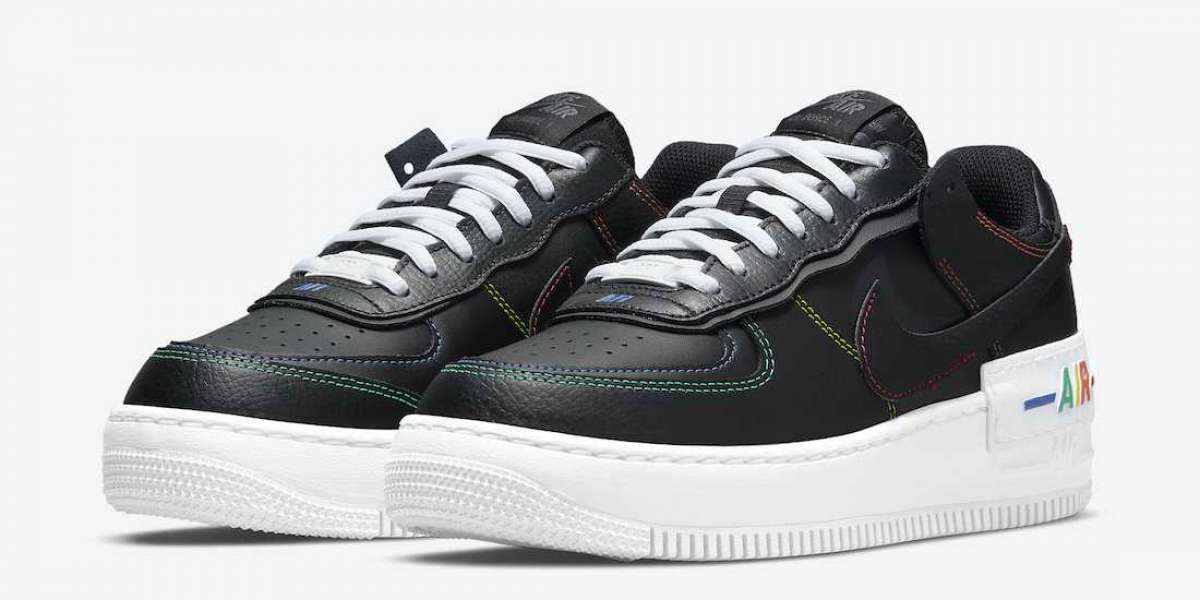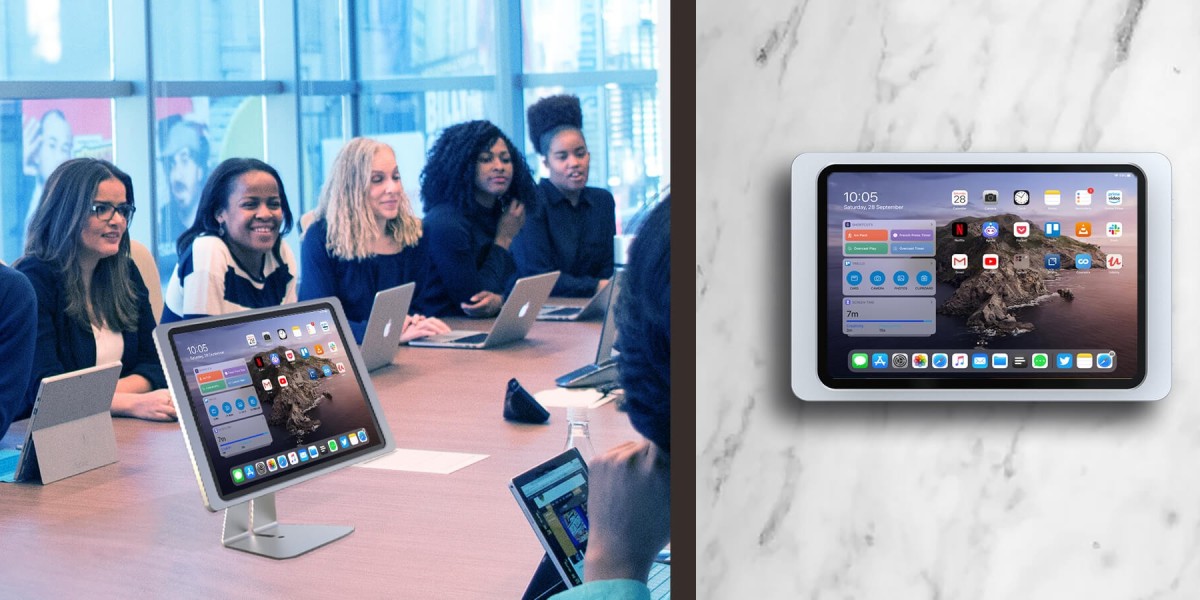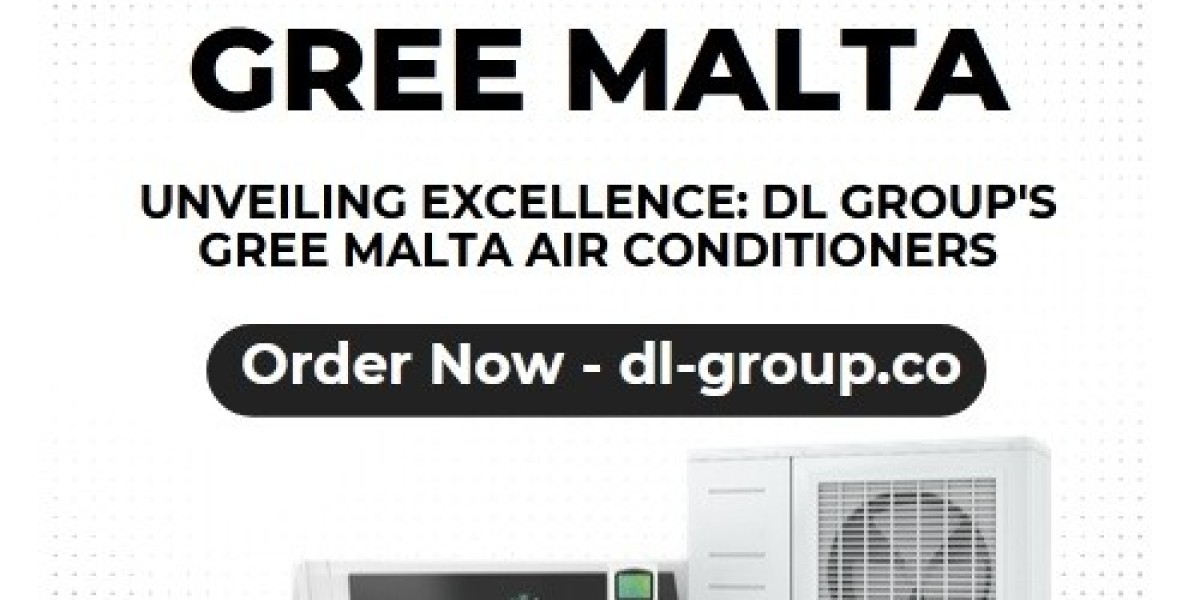Traditional packaging materials, often single-use and non-biodegradable, contribute significantly to environmental degradation. The production and disposal of such materials generate immense amounts of waste, leading to land pollution and threatening ecosystems. The environmental toll extends to the extraction of raw materials, energy-intensive manufacturing processes, and the carbon emissions associated with transportation.
Durability and Reusability: One of the key pillars of sustainability is durability. Magnetic closure boxes are inherently durable, constructed from sturdy materials that ensure the protection of the enclosed items. This durability extends the lifespan of the packaging, reducing the need for frequent replacements and minimizing overall material consumption. Moreover, the reusability of magnetic closure boxes is a game-changer in the quest for sustainability. Consumers can repurpose the boxes for storage, gift-giving, or other uses, extending their life beyond the initial packaging stage. This reusability not only reduces waste but also encourages a culture of conscious consumption.
Recyclability of Materials: The materials used in magnetic closure boxes, such as cardboard or paperboard, are often recyclable. This means that at the end of their life cycle, these boxes can be recycled to create new products, minimizing the environmental impact associated with traditional packaging materials. Businesses committed to sustainable practices can choose materials that align with recycling infrastructure, further contributing to a circular economy.
Reduction of Single-Use Plastics: Single-use plastics have become a global environmental concern, causing pollution in oceans and adversely affecting wildlife. Magnetic closure boxes, as an alternative to plastic packaging, play a role in reducing the reliance on single-use plastics. The elimination of plastic components in packaging aligns with the broader goal of minimizing plastic pollution and its detrimental effects on ecosystems.
Sustainable Sourcing Practices: To enhance the sustainability of magnetic closure boxes, businesses can adopt responsible sourcing practices. This involves selecting materials from suppliers committed to sustainable forestry or using recycled content. By ensuring that raw materials are sourced responsibly, businesses contribute to the preservation of ecosystems and promote sustainable forestry practices.
Production Phase: The production of magnetic closure boxes begins with the careful selection of materials. Businesses can opt for eco-friendly materials, considering factors such as recyclability and sustainable sourcing. The manufacturing process can be optimized for efficiency, reducing energy consumption and waste generation. The incorporation of innovative technologies, such as water-based adhesives and eco-friendly printing methods, further enhances the sustainability of the production phase. By minimizing the environmental impact during production, businesses can set the foundation for a more sustainable lifecycle.
Usage Phase: The durability and reusability of magnetic closure boxes shine during the usage phase. Consumers are encouraged to reuse the boxes for storage, organization, or creative DIY projects. The versatility of these boxes allows them to become a functional part of consumers' lives beyond their initial purpose. As businesses communicate the reusability aspect to consumers, they play a crucial role in fostering a mindset of responsible consumption. The longer a magnetic closure box remains in use, the more it contributes to the reduction of overall packaging waste.
End-of-Life Options: When a magnetic closure box reaches the end of its usable life, it enters the end-of-life phase. Here, the recyclability of materials comes into play. Recycling facilities can process these boxes, reclaiming the materials for the creation of new products. Proper disposal methods and communication about recycling options ensure that the environmental benefits of magnetic closure boxes are maximized. Additionally, businesses can explore take-back programs, encouraging consumers to return used boxes for recycling. This approach promotes a closed-loop system, where materials are continually recycled and reused, minimizing the demand for virgin resources.
Cost Considerations: Adopting sustainable practices, including the use of eco-friendly materials and responsible sourcing, may initially incur higher costs for businesses. However, this investment is often justified by the long-term benefits, including positive brand perception, customer loyalty, and potential cost savings in waste management.
Consumer Education: The success of sustainable packaging solutions relies on consumer understanding and participation. Businesses need to educate consumers about the recyclability and reusability of magnetic closure boxes, encouraging them to make environmentally conscious choices. Clear labeling and information on sustainable practices can bridge the gap between businesses and environmentally aware consumers.
Innovations in Sustainable Materials: While cardboard and paperboard are common materials for magnetic closure boxes, ongoing research and development are essential for exploring alternative sustainable materials. Innovations in materials, such as plant-based plastics or biodegradable options, can further enhance the environmental credentials of magnetic closure boxes.
In conclusion, magnetic closure boxes offer a sustainable packaging solution that addresses the environmental challenges associated with traditional packaging materials. Their durability, reusability, and recyclability make them a compelling choice for businesses aiming to align their practices with sustainability goals. By minimizing the use of single-use plastics, encouraging responsible sourcing, and promoting a circular economy through recycling initiatives, magnetic closure boxes contribute to a more sustainable and eco-friendly packaging landscape.
As businesses navigate the path towards sustainability, magnetic closure boxes serve as a tangible example of how innovative packaging solutions can meet the demands of both consumers and the planet. By prioritizing sustainability throughout the lifecycle of their products, businesses not only reduce their environmental impact but also position themselves as leaders in the global movement toward a more sustainable future. As we collectively strive for a greener and more sustainable world, magnetic closure boxes stand as a beacon of progress in the realm of eco-friendly packaging solutions.







